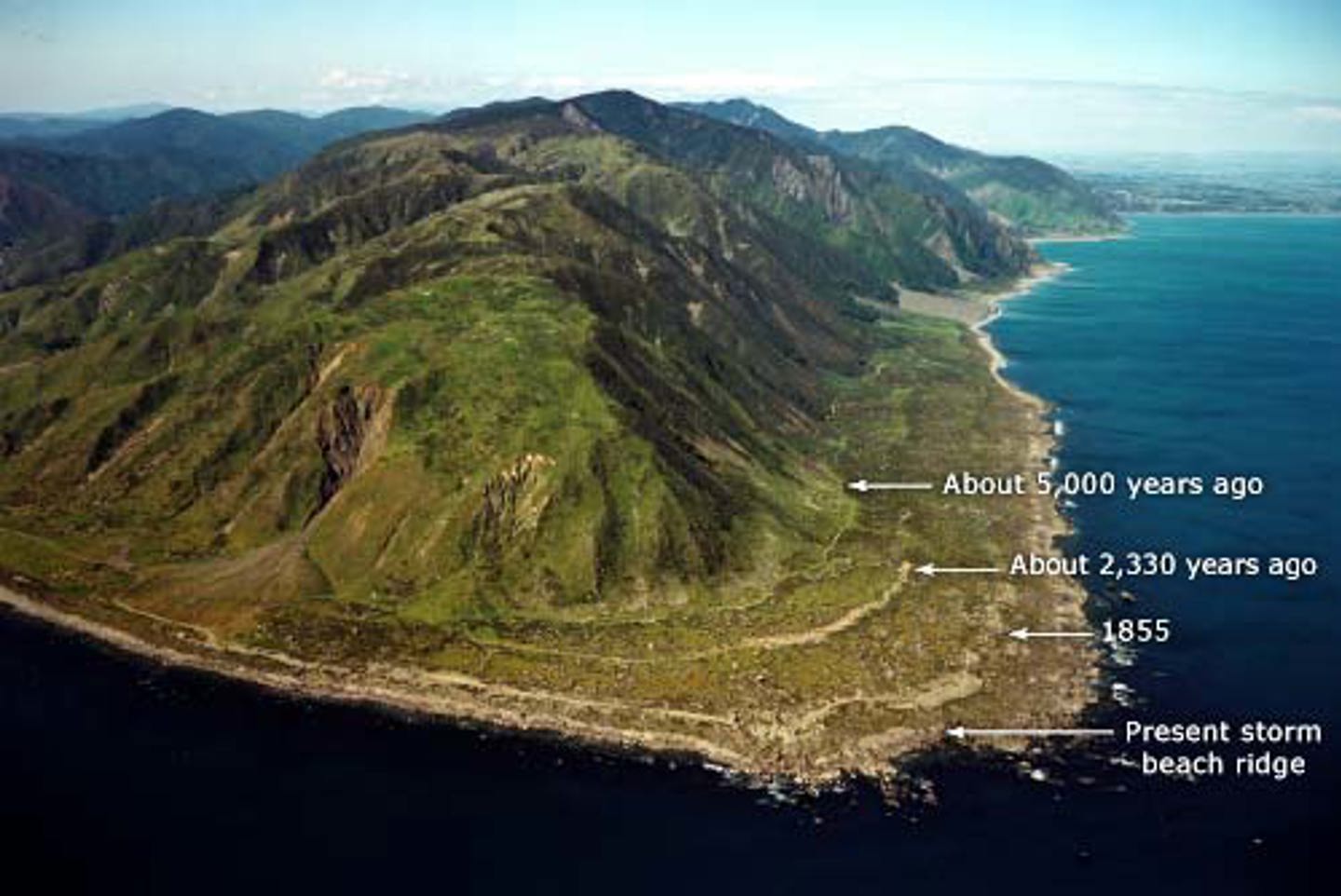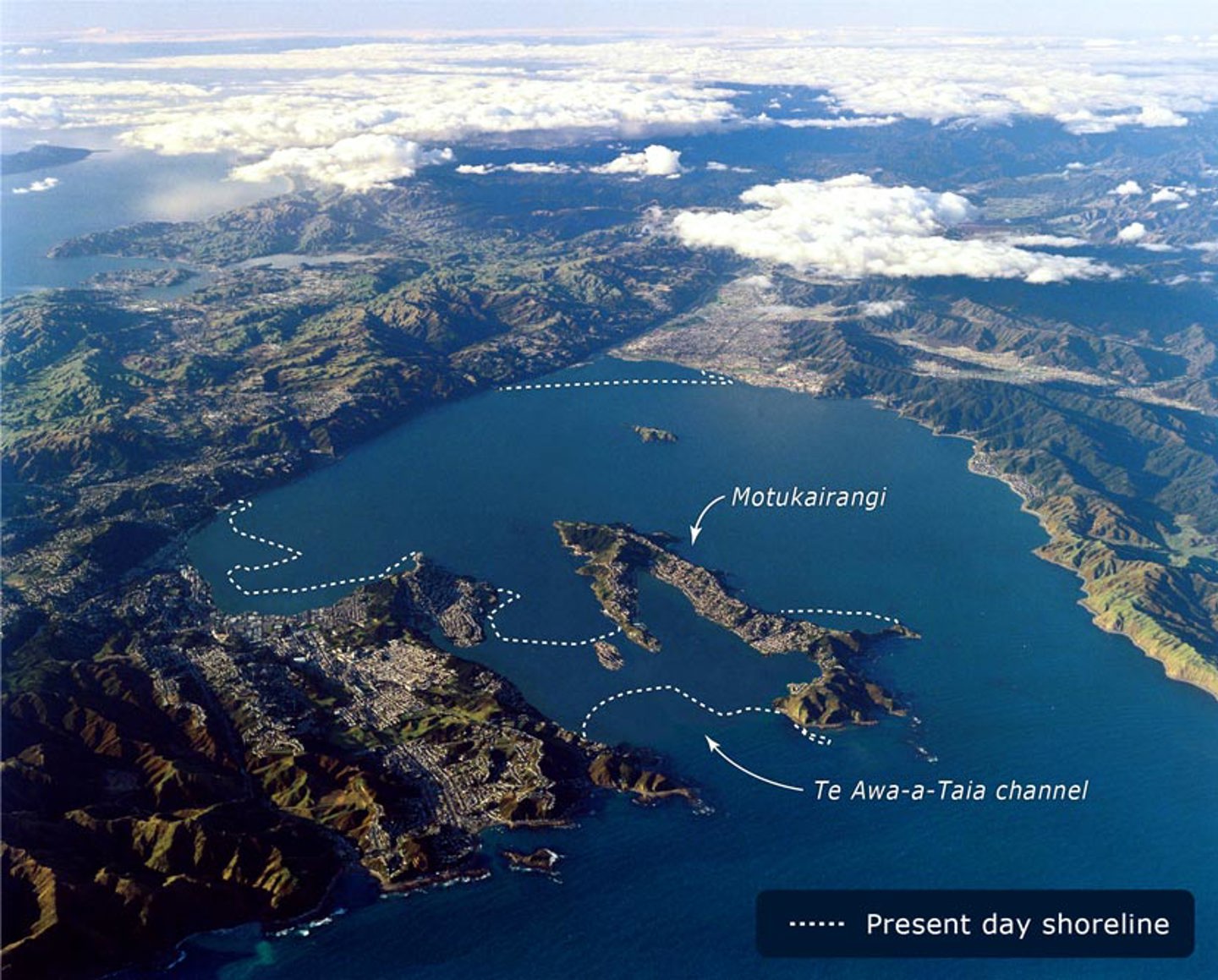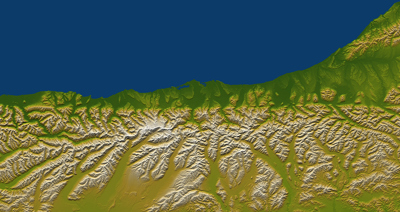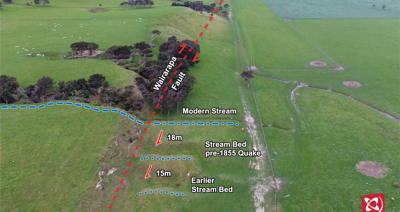Radiocarbon dating relies on the fact that all living things are naturally radioactive – yes even you! When alive, all living things absorb carbon (through food and water) and the different isotopes (carbon 12, 13 and 14) exist in set ratios within the organism. As soon as that organism dies (and stops absorbing carbon) one of those isotopes, carbon 14, starts to decay. By measuring the amount of each isotope in these buried samples, (and doing some complicated calculations) scientists can work out when that organism died. You can learn more HERE
Evidence in the trees
Anything that is affected by an earthquake and preserved can hold useful evidence, long-lived trees are one example. I’m sure you are familiar with tree rings – the annual growth cycles of a tree that show up in a cross-section of their trunk – well believe it or not, they can be another piece of evidence for past earthquakes. By the way, the science of dating events based on tree ring growth is called dendrochronology – word of the day?
Because the disturbance of an earthquake can cause a poor growing season for a tree, the observation of disturbed tree growth can be really helpful in narrowing down timeframes for past earthquakes. Of course there are many other things that could cause a poor growing season (such as drought) but when observed across a large area and in combination with other clues, tree rings can be an important piece of supporting evidence. In New Zealand, the date of the last Alpine Fault earthquake was narrowed down to 1717 through observing disturbance to the growing cycle of trees in samples from native trees growing near the Alpine Fault. And don’t worry the trees don’t have to be cut down to see the rings, scientists drill a core sample, and the tree carries on its long life. Read more about the research HERE
Evidence in the stories
Large earthquakes can have extremely far-reaching observable effects, and many are recorded in oral and written histories around the world. In 1997, researchers in the Pacific Northwest of North America found evidence of cataclysmic forest collapse. They were able to date the event with radiocarbon dating and fossilized tree rings and used those dates (winter 1700) to look for other records that could give a clue to the cause. They found written records in Japan of a large tsunami that arrived from that direction in January 1700 and concluded that both events were most likely caused by a major earthquake on the Cascadia fault! (read more here)
In New Zealand, physical evidence of past earthquakes can sometimes be linked to those described in Māori pūrākau, or oral history. For example, Māori traditions mention a large earthquake called Hao-whenua (the earth-swallower) that caused major uplift and tsunami in the Wellington region. In 2015, scientists found evidence of old tsunami deposits in lagoons in Marlborough and Golden Bay. They believe that the most recent of these (dated at 1430-1480AD) may be linked to the Hao-whenua event. This was also the event that created the Miramar peninsula, previously an island – see the image below which shows what Wellington would have looked like before the quake (current day shoreline in white dots). Read more here. There is still much opportunity in New Zealand for linking the pūrākau of the past hazard events with new physical evidence.






